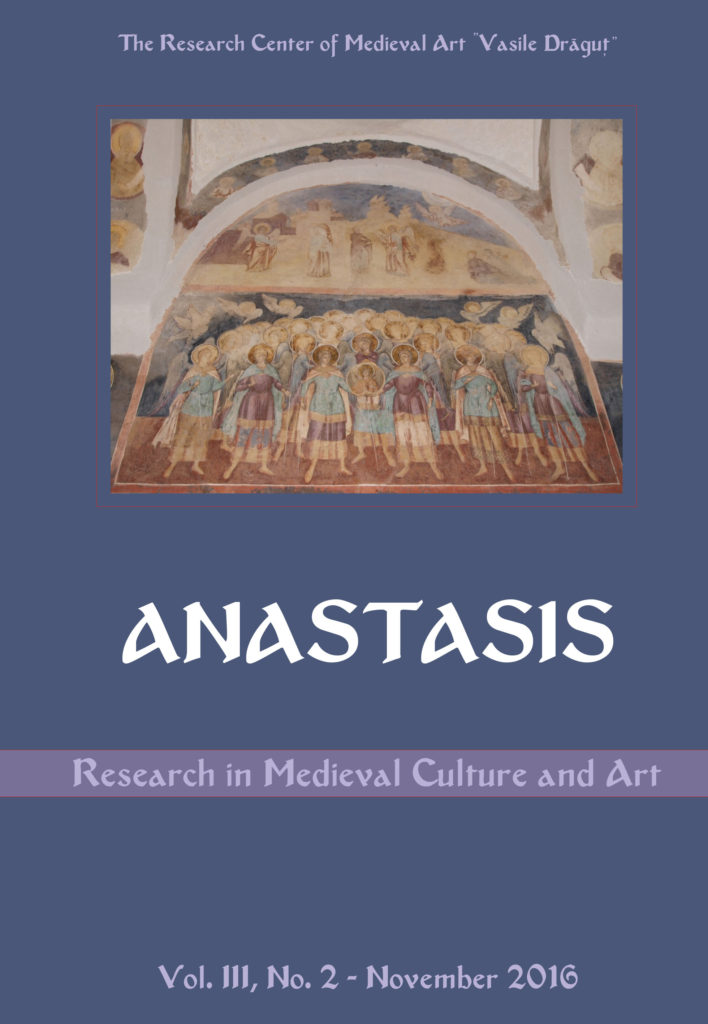Les rapports de l’art abstrait (Kandinsky, Klee, Mondrian) avec les tendances d’abstraction de l’art sacré
The Connections of Abstract Art ((Kandinsky, Klee, Mondrian) with the Abstractization Tendencies of Sacred Art
Author(s): Gabriel BadeaSubject(s): Fine Arts / Performing Arts, Visual Arts, Aesthetics
Published by: Editura ARTES
Keywords: abstract art; Einfühlung; sacred art; form; content; iconoclasm; spirit; matter
Summary/Abstract: The main purpose of this paper is to study the connections thatcan be established between the modern abstractionism and the abstracttendencies from other historical eras. In the first part I will present threedistinct interpretations: the first direction is based on authors as MirceaEliade and Roger Lipsey, who see modern art through the links still alivebetween art and religion, from a syncretic perspective, or, after Eliade’sexpression, based on a creative hermeneutics. The second direction isrepresented by the work of Adorno, Compagnon, Greenberg, Lyotard, forwhom the modern art is a manifestation of radical discontinuity in relationto the art of the past, and the emergence of abstractionism is due primarilyto a historical necessity (the increasing rupture between form and content,the increased autonomy of the sensible over the intelligible). The thirddirection is represented to Wilhelm Worringer, whose work (Abstraktionund Einfühlung, 1907) predates the emergence of the first abstractpaintings, but relying on the German aesthetic tradition, manages to gobeyond the threshold distinction between figurative and abstract, thusidentifying a type of Einfühlung art and another of abstract type, namelythe predominance of one or the other in different historical contexts andcivilizational patterns. In the second part of the paper I will refer toinstances of the spirit of abstraction in the case of Byzantine sacred art,especially in the footsteps of Plotinian aesthetics and as a result of theiconoclastic crisis. In the last part, I will present the key ideas for threemajor representatives of abstractionism (Kandinsky, Klee, Mondrian) andthe survival of the concepts of sacred art in their works and art theories
Journal: Anastasis Research in Medieval Culture and Art
- Issue Year: III/2016
- Issue No: 2
- Page Range: 161-183
- Page Count: 23
- Language: French

